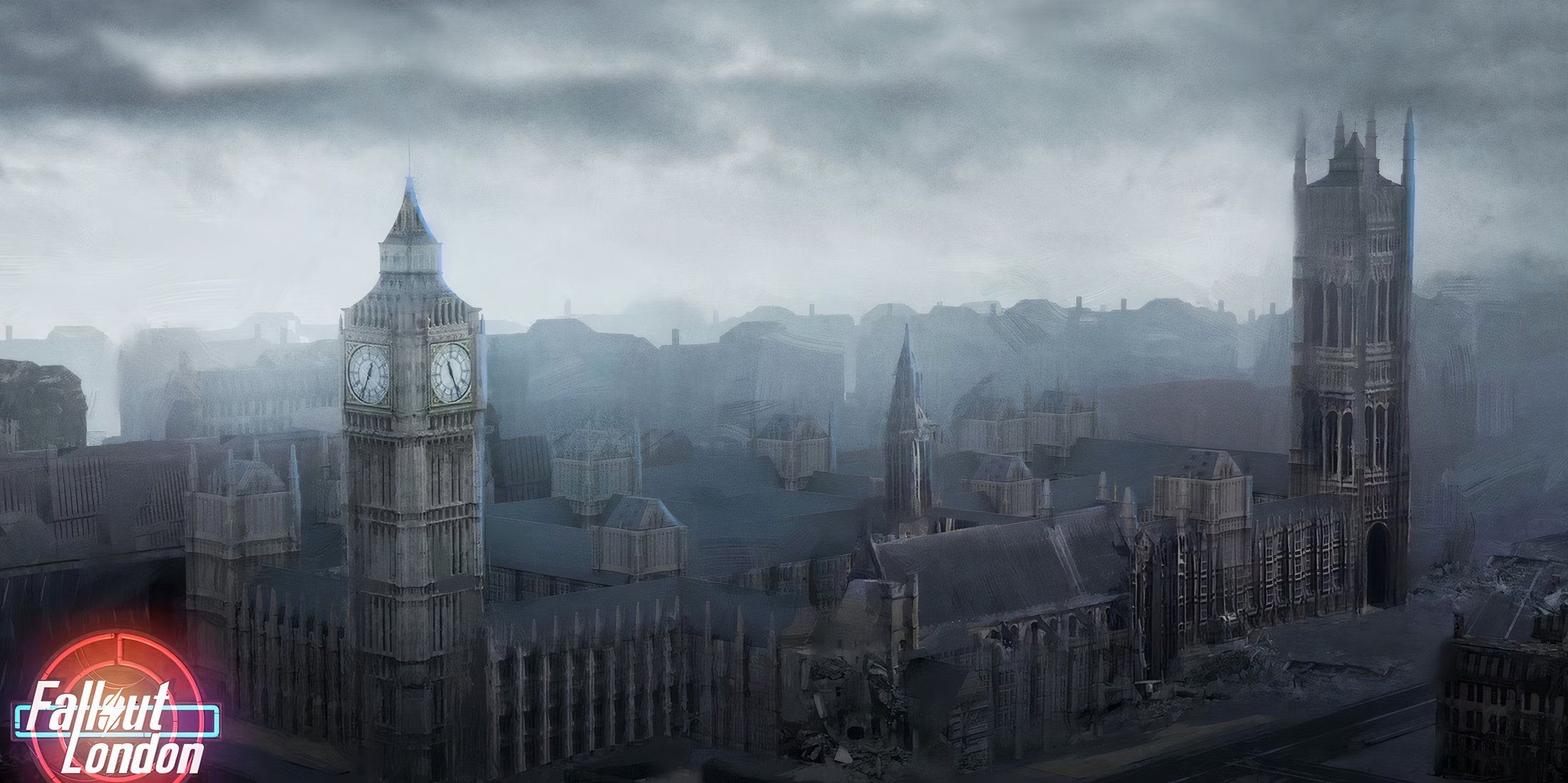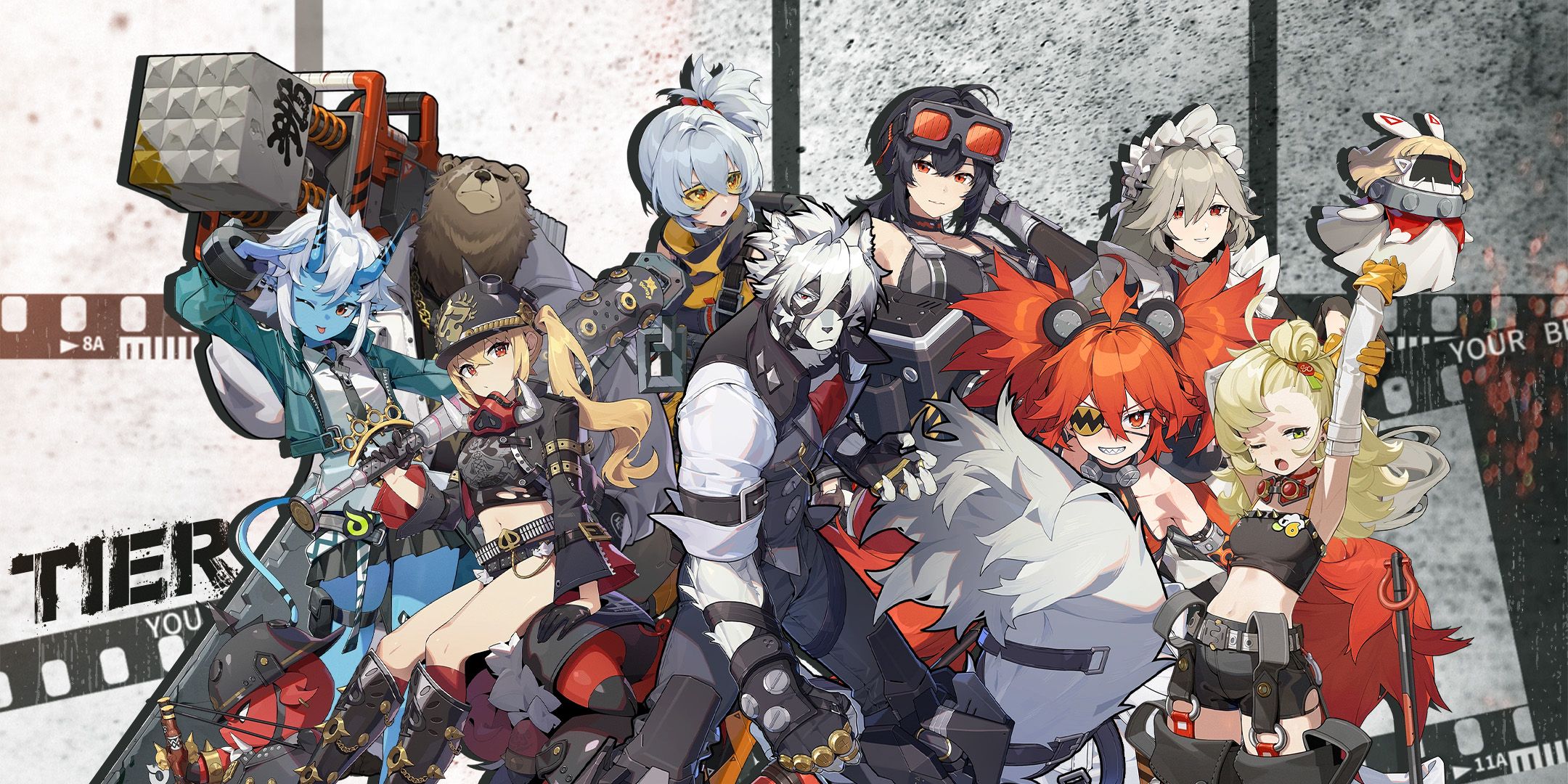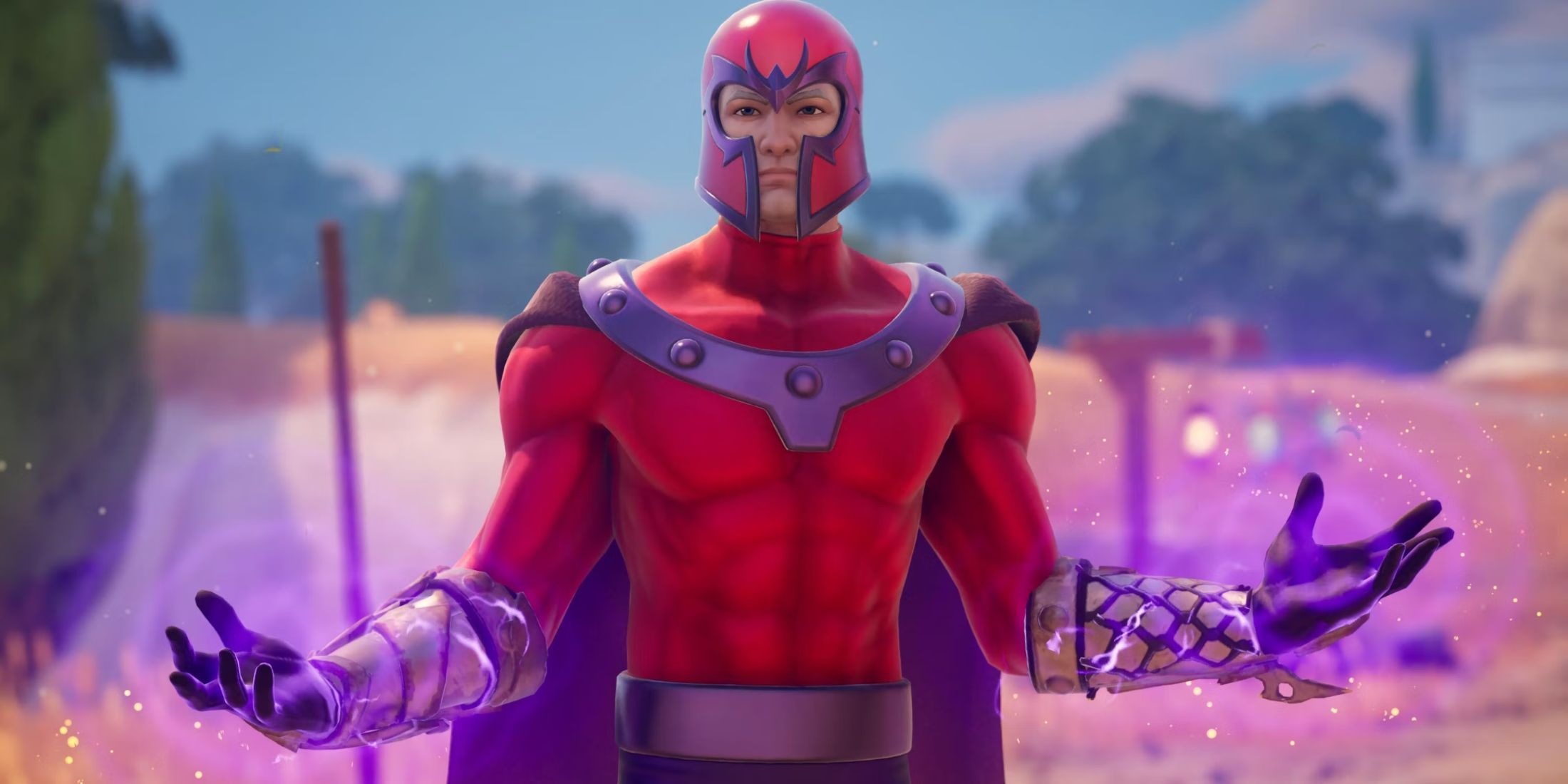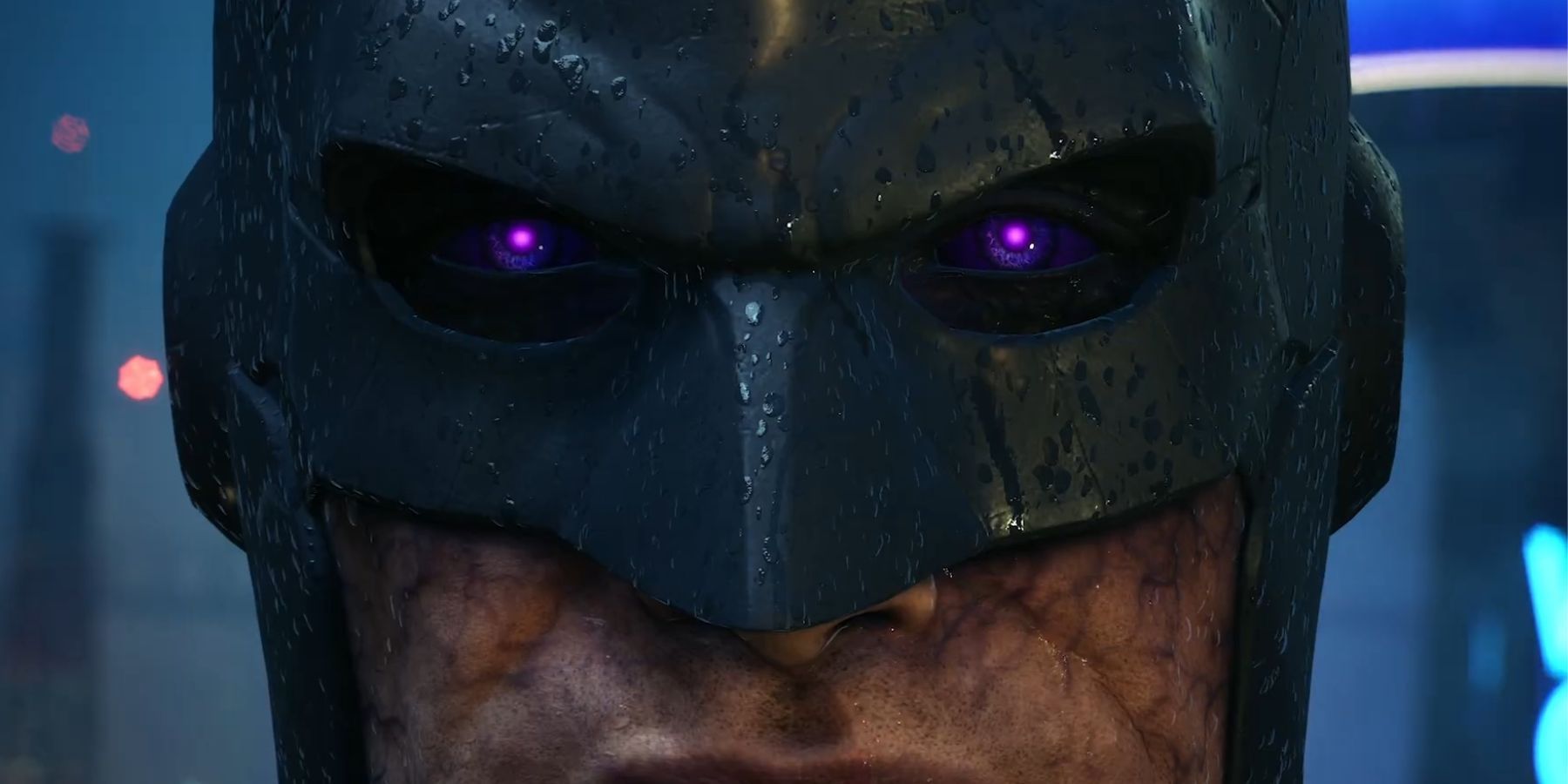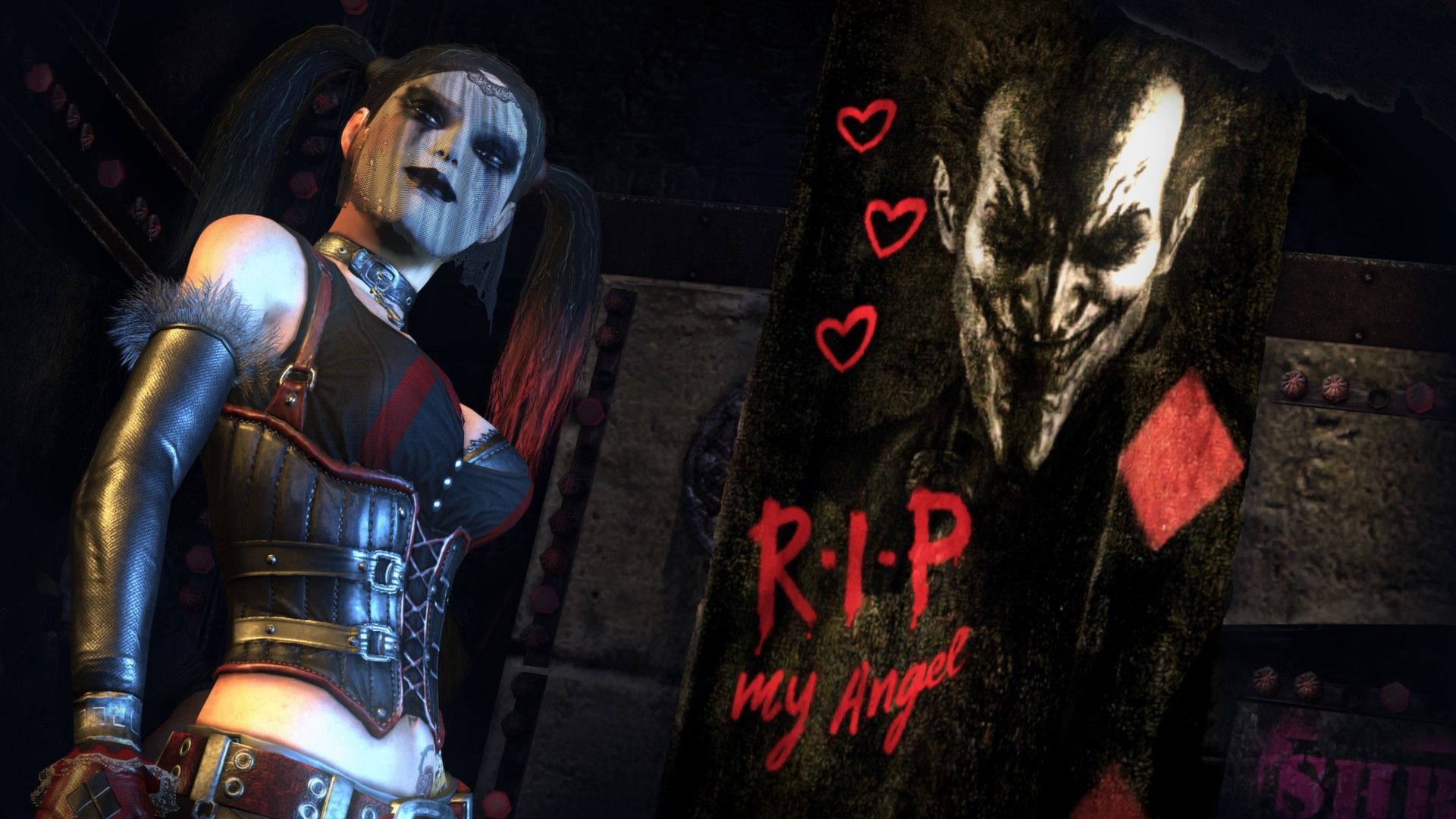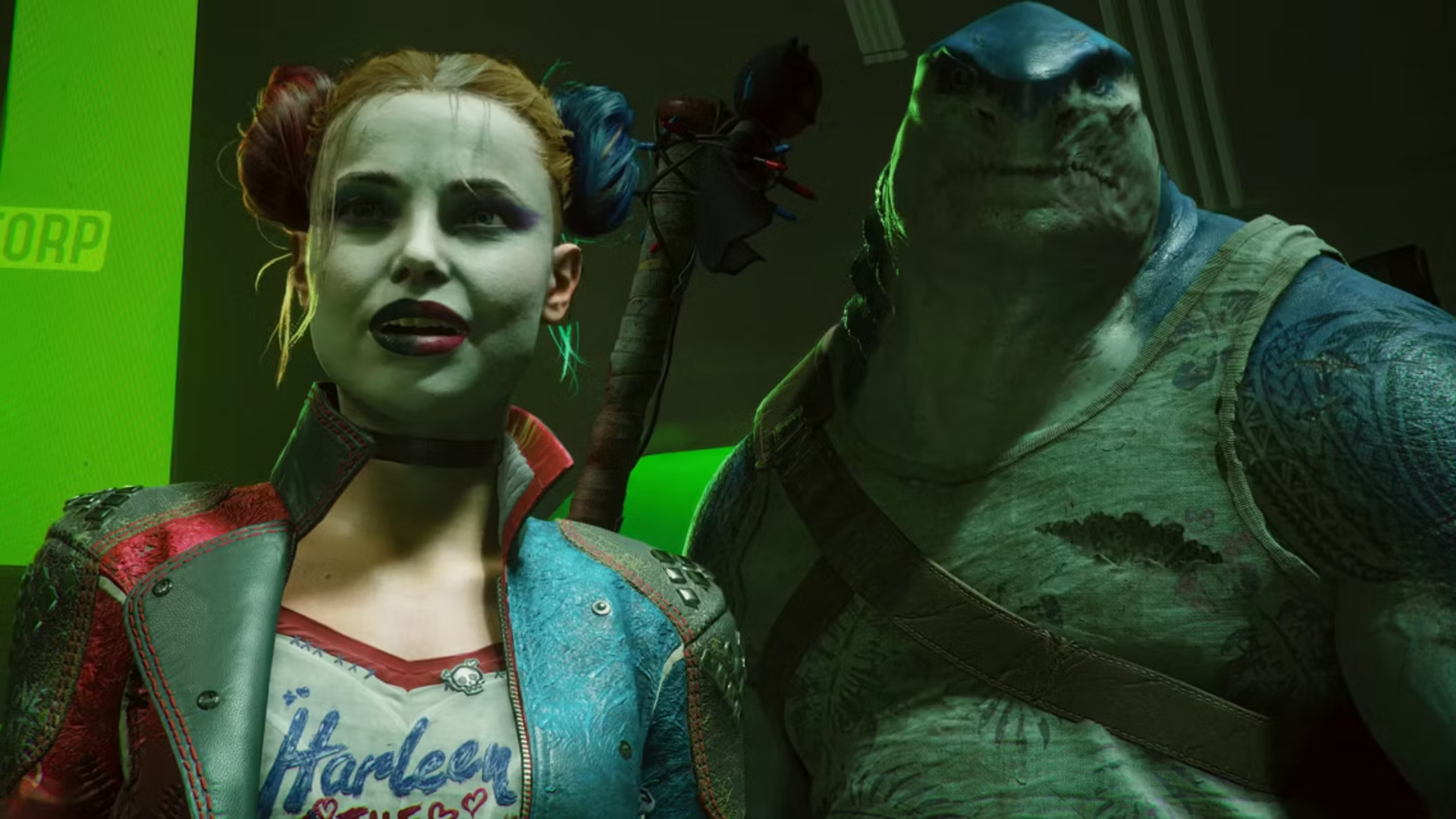Highlights
- WB Games Montreal introduced the idea of Task Force X in a post-credits scene for Arkham Origins, leaving fans curious about what its own Suicide Squad could have looked like.
- Key characteristics of Rocksteady's Arkham formula, like the relationships between villains and world-building, are anticipated to be present in Suicide Squad: Kill the Justice League.
- The game's continuity with the Arkham games presents a challenge for Rocksteady in weaving a history of the Justice League while building interpersonal relationships between characters and creating context for their existence.
Rocksteady may be the developer behind Suicide Squad: Kill the Justice League, but it was WB Games Montreal who introduced the idea of a Task Force X coming together in a post-credits scene for Arkham Origins. WB Games Montreal’s Batman prequel had a PvP multiplayer mode that has sunset since, and it’s interesting to imagine what its own Suicide Squad could have looked like if given the opportunity, though Rocksteady still has a chance to prove that its proposed live service and battle pass structure is the right direction for Kill the Justice League.
If Rocksteady had remained nestled in its comfortable cocoon of single-player action-adventure there would have been fans who were thrilled by it staying on course with previous Arkham games and fans who were tired of the lack of Rocksteady’s perceived innovation after nearly a decade. Either way, there are key characteristics of Rocksteady’s Arkham formula that fans can still hopefully anticipate in Kill the Justice League, such as how villains interact with one another to create a greater sense of world-building.
Villains’ Relationships are as Important as Batman’s in Arkham Games
The relationships that Batman has with villains throughout all of the Arkham games are palpable and hold a lot of rich history. Once a conversation between them begins, it’s clear that they’ve known one another for quite some time and what degree of animosity one has for the other. Arkham Asylum is perhaps the most prominent example of these relationships because it was the original entry in the canon, meaning it needed to establish a lot of these relationships initially and decide how far along in his crime-fighting career Batman was.
There isn’t a Robin to speak of, for example, but Barbara Gordon is already Oracle, inferring that he’s been Batman long enough to have a Batgirl who would then be crippled by Joker. But the most succinct example is in the game’s opening itself, where Joker’s lines of dialogue inform the player how many times he must’ve been caught by Batman before and how many times Batman must’ve been responsible for all the other asylum inmates being incarcerated there, let alone Blackgate inmates who appear at the asylum.
Regardless, hearing Joker, Harley Quinn, Poison Ivy, and others talk to each other shows how well they know one another, too. This is especially apparent in Arkham City when Penguin and Mr. Freeze’s animosity toward each other is on display, and certain relationships from Arkham Asylum bleed into each game thereafter to create a brilliant continuity of relationships between characters.
Suicide Squad: Kill the Justice League Puts Villains in the Drivers’ Seat
Because Suicide Squad: Kill the Justice League continues the continuity of the Arkham games, the onus is on it to also continue that legacy of world-building with characters who interact with one another. Harley Quinn has had an illustrious role in the Arkham games and now features as a playable protagonist, giving her ample potential to behave like an intermediary who is familiar with any and all supervillains who might be reprised from previous Arkham installments.
Many characters who are from the DC mythology at large and have not been introduced in the Arkham franchise yet may be where the game decides to place most of its attention and for good reason, but since Penguin was revealed to be reprised it would not be surprising for Rocksteady to find ways of including other established characters as well. Whether they’re an antagonist of Batman or another Justice League member, it would be terrific to see these characters interacting with each other and building those relationships.
That's because world-building is an element in the series Rocksteady cannot afford to abandon lightly. It’ll be interesting to see how Rocksteady suddenly weaves a history of Justice League endeavors into a universe where the superhero team’s existence was ambiguous at best, and creating context for established interpersonal relations will be an even greater challenge following the definitive, tetralogy-capping events of Arkham Knight.
Suicide Squad: Kill the Justice League releases on February 2, 2024, for PC, PS5, and Xbox Series X/S.

